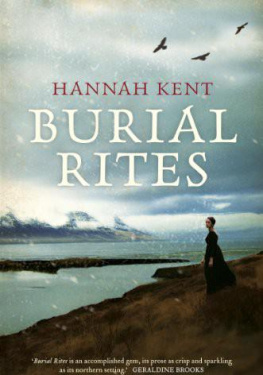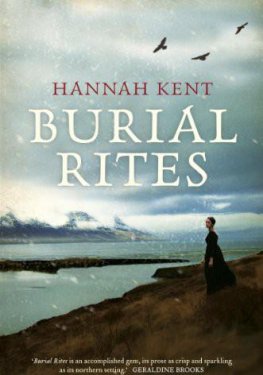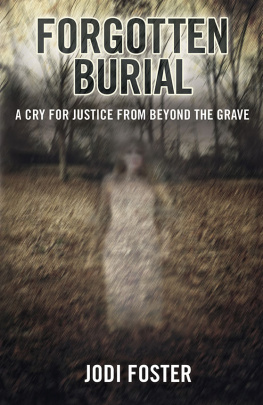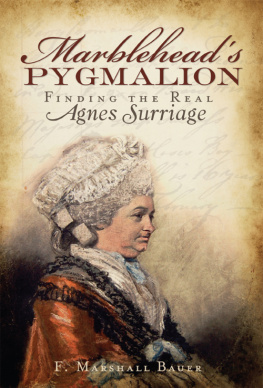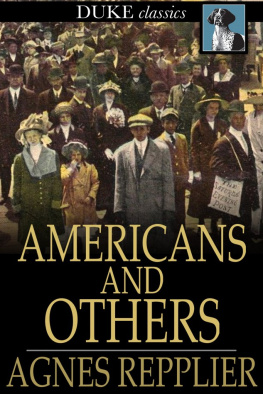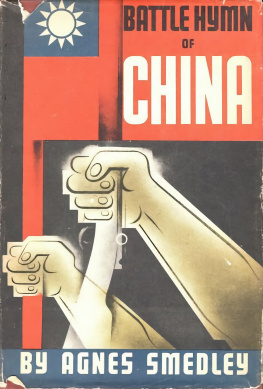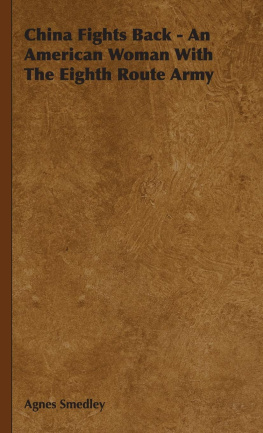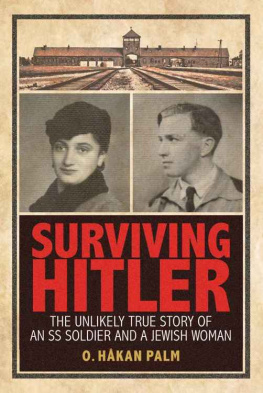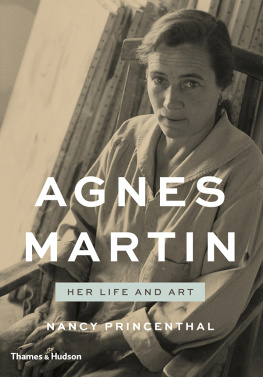EPILOGUE
The criminals Fridrik Sigurdsson and Agnes Magnsdttir were today moved out of custody to the place of execution, and following them to the execution site were the priests Reverend Magns rnason, Reverend Gsli Gslason, Reverend Jhann Tmasson and Reverend Thorvardur Jnsson, an assistant priest. The criminals had wished that the latter two help them prepare for their deaths. After the priest Jhann Tmasson completed a speech of admonition to the convict Fridrik Sigurdsson, Fridriks head was taken off with one blow of the axe. The farmer Gudmundur Ketilsson, who had been ordered to be executioner, committed the work that he had been asked to do with dexterity and fearlessness. The criminal Agnes Magnsdttir, who, while this was taking place, had been kept at a remote station where she could not see the site of execution, was then fetched. After the Assistant Reverend Thorvardur Jnsson had appropriately prepared her for death, the same executioner cut off her head, and with the same craftsmanship as before. The lifeless heads were then set upon two stakes at the site of execution, and their bodies put in two coffins of untreated boards, and buried before the men were dismissed. While the deed took place, and there until it was finished, everything was appropriately quiet and well-ordered, and it was concluded by a short address by Reverend Magns rnason to those that were there.
Actum ut supra.
B. Blndal, R. Olsen, A. rnason
From the Magistrates Book of Hnavatn District, 1830
ACKNOWLEDGEMENTS
I AM INDEBTED TO MANY people who have assisted me with the research and writing of this book. My sincere thanks to Kntur skarsson and his mother for your generosity and coffee, assistance with translation and all the late night conversations at sar. Meeting you both remains a singular moment of synchronicity and good fortune. Thank you to Jn Torfason and your fellow archivists at jskjalasafn slands for your assistance and enthusiasm, and for finding me the original letters from the trial. Thank you to Gumundur Jhannsson for your vastly useful letter. To the librarians and staff at the jminjasafn, rni Magnsson Institute for Icelandic Studies, Kringlan Library, rbjarsafn and Glumbr, thank you for your patience and assistance.
To my Icelandic family akka r krlega fyrir. Without you this novel could never have been written. My love and gratitude to dear Ptur Bjrnsson, Regna Gunnarsdttir, Hera Birgisdttir, Halldr Sigursson, Sylva Dgg Gunnarsdttir and Mara Reynisdttir, for your kindness, spare beds and generosity. I am also grateful to the many other Icelanders I have met who have contributed to this novel in strange and various ways. I hope you see this novel as the dark love letter to Iceland I intend it to be.
Thanks to those at Flinders University, especially Ruth Starke, who has supported me since the very beginning. Thank you to my early readers, Kylie Cardell and Kalinda Ashton, and to Kate Douglas, David Sornig and Bec Starford for your friendship and the opportunities you have given me.
To Geraldine Brooks, for your sage observations and mentorship thank you so much. To the Writing Australia Unpublished Manuscript Award, the SA Writers Centre and to Peter Bishop, Valerie Parv, Patrick Allington and Mark Macleod for your generous comments: thank you.
Im ever so grateful to the marvellous Pippa Masson and dear Annabel Blay at Curtis Brown Australia. Thank you to Gordon Wise, Kate Cooper and colleagues at Curtis Brown UK, and to Dan Lazar at Writers House. To Emma Rafferty, Sophie Jonathan, Amanda Brower and Jo Jarrah for your keen eyes and considered suggestions thank you. To my wonderful publishers, Alex Craig and Paul Baggaley at Picador, and Judy Clain at Little, Brown, thank you for believing in this book.
Finally, my most heartfelt thanks go to Pam, Alan and Briony for your love and constancy, and for caring about Agnes Magnsdttir as much as I do. And last, but never least: thank you to Angharad, for never doubting, and for fortifying me every day, every hour.
About Burial Rites
In northern Iceland, 1829, Agnes Magnsdttir is condemned to death for her part in the brutal murder of two men.
Agnes is sent to wait out the time leading to her execution on the farm of District Officer Jn Jnsson, his wife and their two daughters. Horrified to have a convicted murderess in their midst, the family avoids speaking with Agnes. Only Tti, the young assistant reverend appointed as Agness spiritual guardian, is compelled to try to understand her, as he attempts to salvage her soul. As the summer months fall away to winter and the hardships of rural life force the household to work side by side, Agness ill-fated tale of longing and betrayal begins to emerge. And as the days to her execution draw closer, the question burns: did she or didnt she?
Based on a true story, Burial Rites is a deeply moving novel about personal freedom: who we are seen to be versus who we believe ourselves to be, and the ways in which we will risk everything for love. In beautiful, cut-glass prose, Hannah Kent portrays Icelands formidable landscape, where every day is a battle for survival, and asks, how can one woman hope to endure when her life depends upon the stories told by others?
Burial Rites is an accomplished gem, its prose as crisp and sparkling as its northern setting.
GERALDINE BROOKS
So gripping I wanted to rush through the pages, but so beautifully written I wanted to linger over every sentence. Hannah Kents debut novel is outstanding.
MADELINE MILLER, Orange Prize-winning author of The Song of Achilles
About Hannah Kent
Hannah Kent was born in Adelaide in 1985. As a teenager she travelled to Iceland on a Rotary Exchange, where she first heard the story of Agnes Magnsdttir. Hannah is the co-founder and deputy editor of Australian literary journal Kill Your Darlings, and is completing her PhD at Flinders University. In 2011 she won the inaugural Writing Australia Unpublished Manuscript Award. Burial Rites is her first novel.
AUTHORS NOTE
WHILE THIS NOVEL IS A work of fiction, it is based on real events. Agnes Magnsdttir was the last person to be executed in Iceland, convicted for her role in the murders of Natan Ketilsson and Ptur Jnsson on the night between the 13th and 14th of March 1828, at Illugastadir (Illugastair), on the Vatnsnes Peninsula, North Iceland. In 1934, Agnes and Fridrik Sigurdssons (Fririk Sigurssons) remains were removed from Thrstapar (rstapar) to the churchyard at Tjrn, where they share a grave. Natan Ketilssons grave in the same churchyard is no longer marked. Sigrdur Gudmundsdttir (Sigrur Gumundsdttir) was sent to a Copenhagen textile prison, where she is believed to have died after a few years. There was, for some time, a popular local myth that claimed she was rescued from the prison by a wealthy man and went on to live a long life. While this is untrue, it is indicative of public sympathy towards her in the years after these events.
My interpretation of the Illugastair murders and executions is informed by many years of research, during which I have accessed ministerial records, parish archives, censuses, local histories and publications, and have spoken with many Icelanders. While some historical characters have been invented, omitted, or had their names altered out of necessity, most, including Bjrn Blndal, Assistant Reverend Thorvardur (orvarur) Jnsson, most members of the family at Korns, and Agness parents and siblings, are taken from historical records.
No offence is intended towards living relatives of any character whose name I have borrowed in the service of telling Agness story.
Many of the letters, documents and extracts presented at the beginning of each chapter have been translated and adapted from original sources. The ruins of Natans workshop still stand at Illugastair today, and a stone plaque marks the site of execution at rstapar. All place names used in this novel are true to life, and many of the farms referenced by Agnes and other characters remain working farms to this day.

